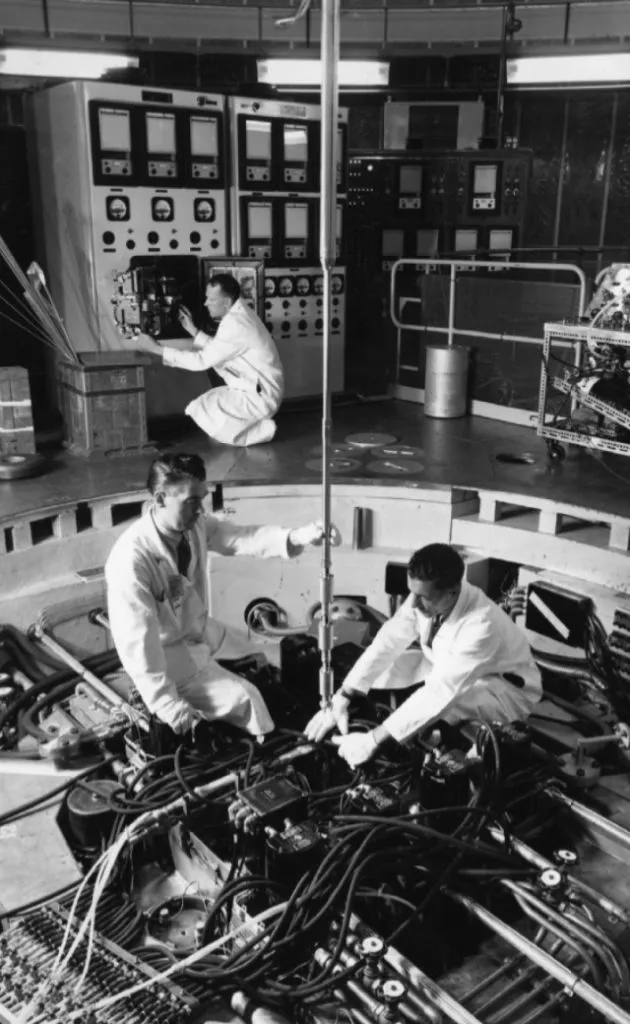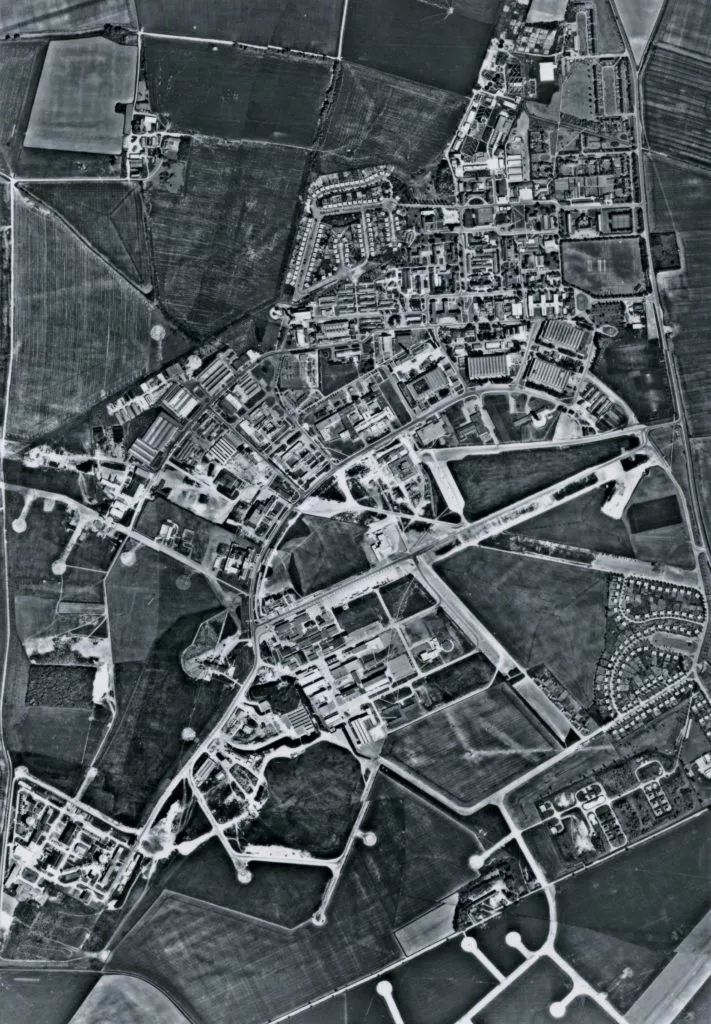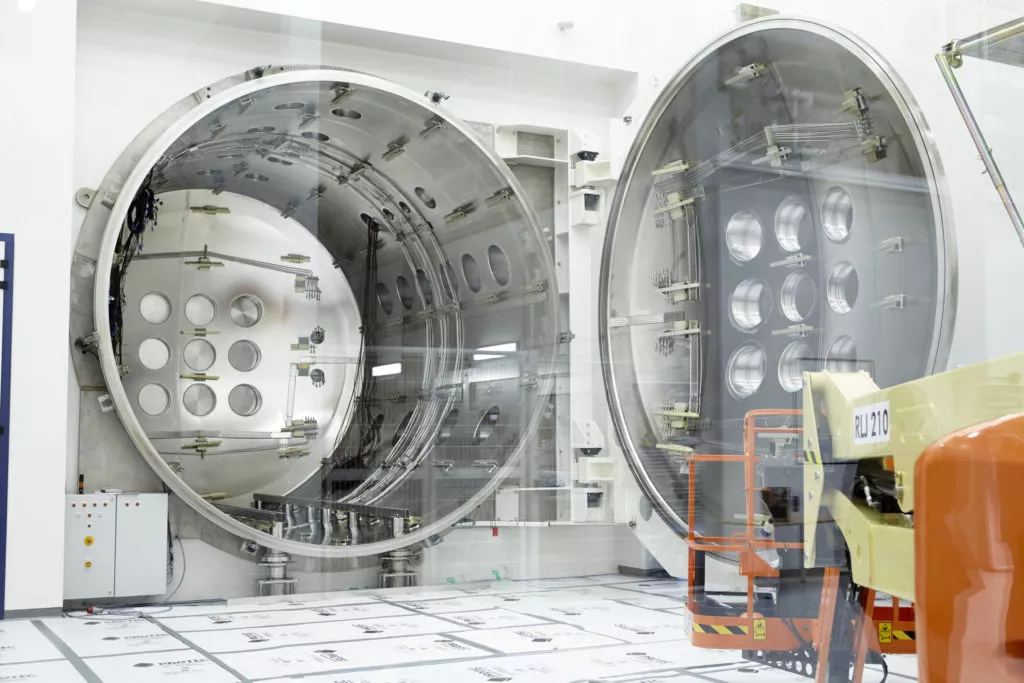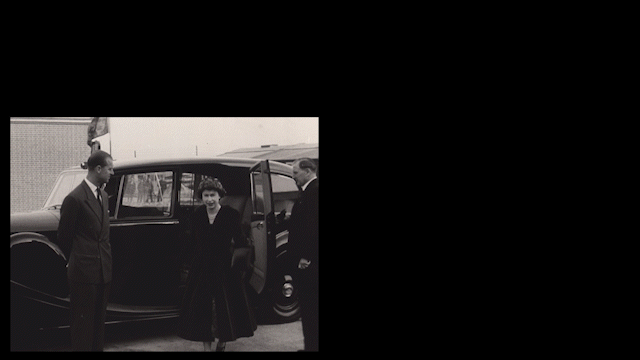
The Atomic Energy Research Establishment is founded
GLEEP test reactor generates nuclear energy for the first time in western Europe
Harwell’s first tenant, Medical Research Council (MRC), sets up its Radiobiology Unit
Harwell’s Electronics Division assemble CADET, the world’s first transistorised computer
Dr Mary Lyon, working with the MRC, discovers X chromosome inactivation
Walk Harwell’s history
The Harwell Heritage trail commemorating Harwell’s 75th anniversary. It is a 13 waypoint trail along a 4km circular route which will take approx. 60-90 minutes on foot.

Dr Martin Wilson and team start manufacturing ‘Rutherford Cable’, now world famous and a fundamental component inside Large Hadron Collider at CERN
Frozen Embryo and Sperm Archive is established by researchers at MRC
Pioneering development of the lithium-ion battery
Major nuclear research projects finish at Harwell
Computer scientists at Harwell discover the world’s largest prime number

Harwell Innovation Centre opens with support from the UK Atomic Energy Authority
RAL Space engineers the Ptolemy instrument for the Philae lander on the European Space Agency‘s (ESA) Rosetta expedition
ISIS Neutron Source conducts the first experiment to develop glass to replace bone transplants
Science and Innovation Minister Lord Sainsbury announces £26 million Government investment in construction of a new Research Complex at Harwell (RCaH)
Science and Technology Facilities Council (STFC) is founded, taking control of RAL

MRC researchers discover that the FTO gene leads to obesity
The Satellite Applications Catapult is established by Innovate UK
ESA’s Rosetta mission is first to rendezvous with a comet and lands Philae probe on its surface
R100’s Space Test and Integration Facility opens, the largest vacuum chambers in Europe
Visualising the atomic structure of COVID-19
Watch Harwell’s history
Harwell has always blown the world of science wide open. For over three quarters of a century we’ve advanced human understanding of the forces that govern our universe. It’s a proud tradition of innovation and leadership born from the tenacious pursuit of knowledge.
